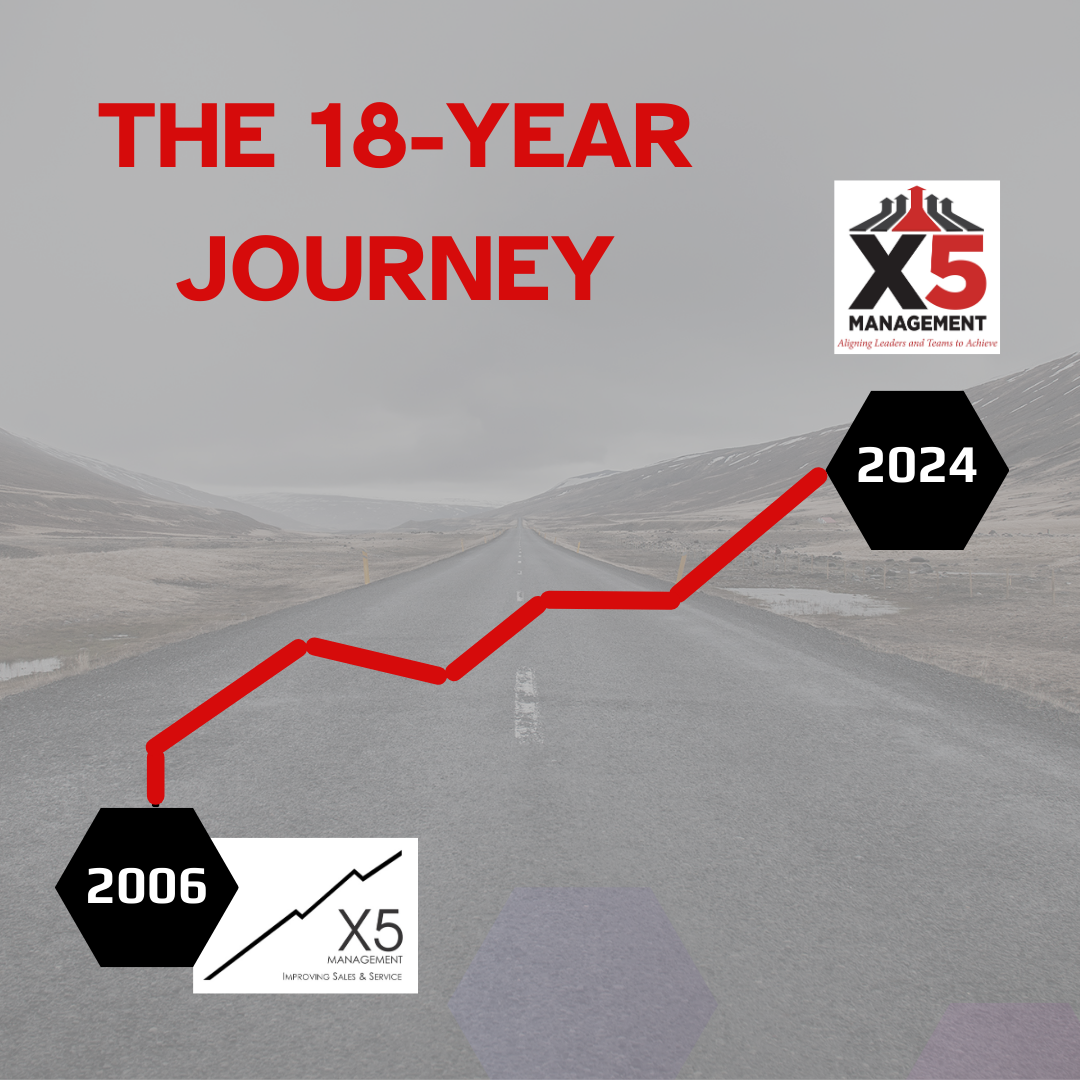What is Emotional Intelligence?
According to Mental Health America, Emotional Intelligence (EI) is the ability to manage both your own emotions and understand the emotions of people around you. There are five key elements to EI: self-awareness, self-regulation, motivation, empathy, and social skills. People with high EI can identify how they are feeling, what those feelings mean, and how those emotions impact their behavior and in turn, other people. It’s a little harder to “manage” the emotions of other people – you can’t control how someone else feels or behaves. But if you can identify the emotions behind their behavior, you’ll have a better understanding of where they are coming from and how to best interact with them.
Effective leaders usually have high emotional intelligence, since they have learned to manage their reactions and generally try and make feel appreciated and valued. They have also learned to use tools when they may be annoyed, or angry, so their emotions don’t show, or at least do not make others uncomfortable.
It takes training, and practice, and according to Mental Health America, the following are some steps to consider to practice your EI:
- Try to slow down your reactions to emotions – next time you feel angry, try to sit with it before lashing out. Why are you angry? Did someone upset you? What do you think was the emotion underneath their behavior?
- Think about your strengths and weaknesses. No one is good at everything, and that’s okay! Know yourself and when to ask for – or offer – help.
- Put in the effort to understand what people are communicating non-verbally. If you ask someone to help you on a project and they agree, but sound hesitant, recognize that they may feel overwhelmed or confused or they come from a different background and understanding than your own. It’s important to validate and address that before moving forward.
- Work on communicating effectively and openly. Make sure your main point is clear, cut out information that isn’t relevant to the person you’re talking with, and give your full attention when someone else is speaking.
There are different ways to be emotionally intelligent. Some will come more naturally to us than others. It will depend on existing strengths and styles, as well as factors such as character, life experiences, cognitive abilities, and maturity.
Agile EQ™ Personalized Training
X5 Management can help you, and your team, develop the emotional intelligence necessary to support a thriving agile culture through Everything DiSC® Agile EQ™. This is classroom (or virtual) training and a personalized learning experience that teaches participants to read the emotional and interpersonal needs of a situation and respond accordingly.
How amazing is that!
By combining the personalized insights of DiSC® (an adaptive testing assessment), with emotional intelligence development, participants discover an agile approach to workplace interactions and learn to navigate outside their comfort zone. This empowers them to meet the demands of any situation. In this half day training, participants will discover their EQ strengths, recognize their EQ potential, and commit to customized strategies for building agility. The result is an emotionally intelligent workforce that can support an organization’s thriving agile culture.
A personalized report helps one learn to navigate outside of one’s comfort zone to be able to choose the most effective response every time.
Our Mindsets Explained
Our EQ strength is known as mindsets. No one mindset is more valuable than the next but rather the needs of a particular situation will dictate with mindset is appropriate. These mindsets include:
- Dynamic
- Outgoing
- Empathizing
- Receptive
- Composed
- Objective
- Resolute
- Self-Assured
Some mindsets come more naturally to us than others; we call that our comfort zone. They influence how we respond, without conscious thought. This has a particular effect on others, whether positive or not. Learning to stretch outside of our comfort zone, when required, is how we strengthen our Agile EQ. This takes training, and effort, and ideally an accountability partner or coach. In the end, if we learn to stretch our mindset, we gain the ability to reach for an effective, and healthy, response, whatever the circumstances.
What is the difference between EQ and Emotional Intelligence?
The two terms are often used interchangeably, although the term EQ was originally reserved for a measurement of EI associated with an assessment. This is like the term IQ; however, IQ has been broadly used as a synonym for intelligence.
Now, Agile EQ does measure aspects of emotional intelligence, which are reported in each participant’s personalized profile. It is not, however, designed as a diagnostic tool, but rather as a development tool. It helps a person understand where personal development may be needed, why it is needed, and how it can be actualized.
Simply put, Agile EQ focuses on emotional intelligence as the ability to act most productively in different emotional and social situations. The foundation of the model involves two concepts: mindset and agility. Unlike a typical personality, as comfort improves with a given mindset, measured scores can change.
Taking Action
It all depends on your current mindset. This is not a one-size fits all tutorial, which is why the Agile EQ™ X5 Workshop is so effective. At the end of the learning, triggers are identified, and these are different for each participant. The first step is always saying calm under stress, and the kinds of situations that are most likely to upset.
There are beginner, intermediate, and advanced steps to take depending on where one is at on their learning journey. The good news is these steps are all identified in the personalized Agile EQ™ workshop, leaving the learner with very comprehensive actions to developing their EQ!
This is one of the Everything DiSC® Workshop courses X5 Management has to offer. It can be taken alone, or as part of a sequence of workplace courses to train and develop current, and future, leaders. This course is also eligible for the Canada-Alberta Job Grant.




